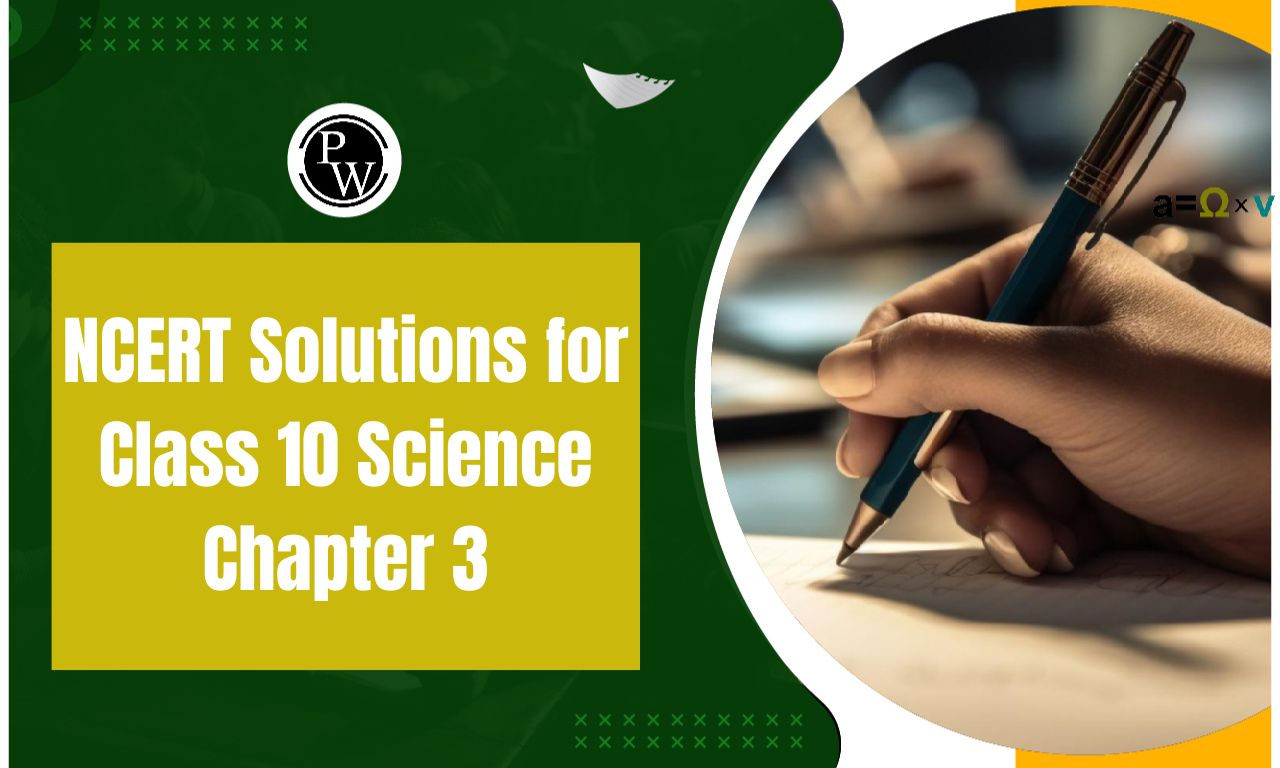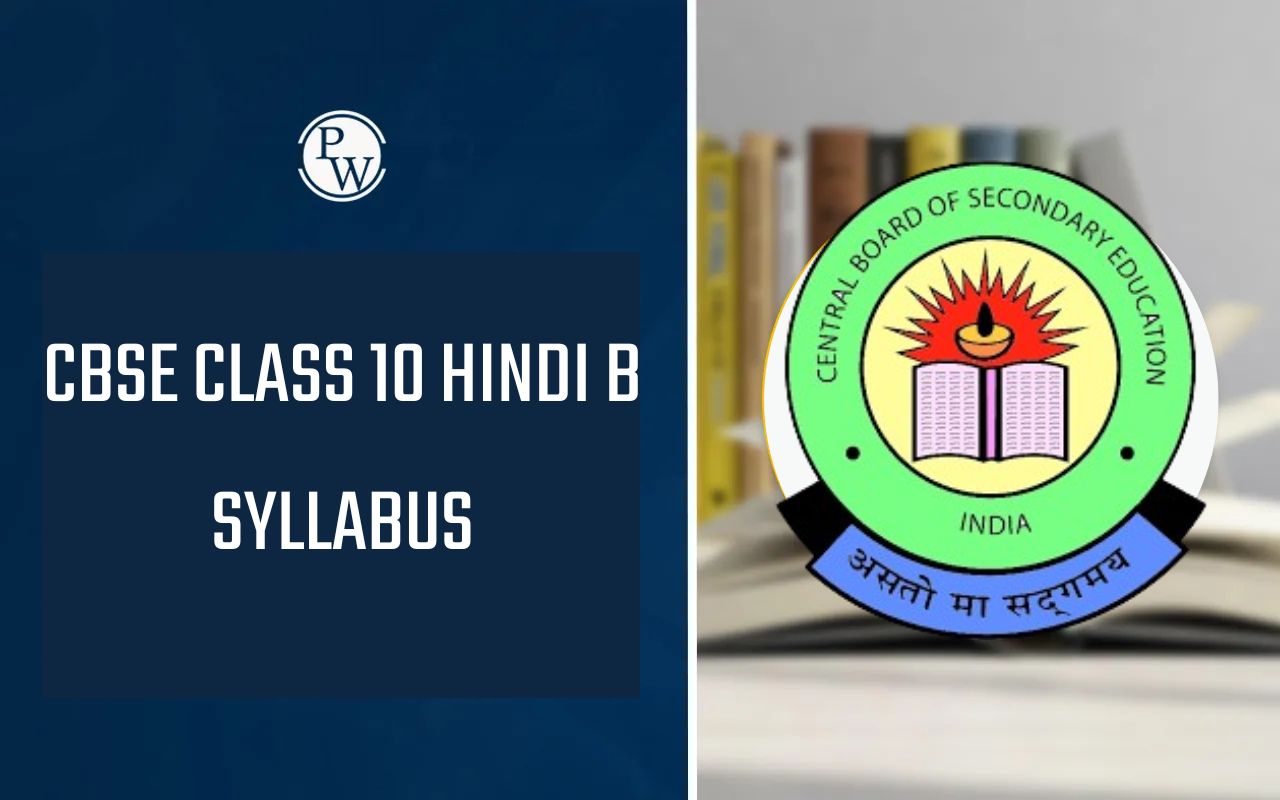
To understand the principles, function, and structure of the Electron Transport Chain, one must be aware of the process of Respiration, the need to convert glucose into ATP(Adenosine Triphosphate), and the Calvin Cycle.
Processes like Glycoslysis and Calvin cycle successfully break down glucose through a series of steps into NADH(Nicotinamide Adenine Dinucleotide Hydrogen). Still, the cells cannot directly utilise this molecule to release energy. The Electron transport chain involves a series of steps where the NADH molecule is passed through four complexes which transfer the energy from these molecules into ATP molecules. In this article, we will discuss the electron transport chain, its complexes, and the process of ATP formation in detail.Related Links -
Role of ATP
Also called the energy currency of the cells, ATP molecules carry inorganic phosphate, which can be utilised by cells directly to release energy for their cellular activities. The cells contain an enzyme called ATPase which can break down the high energy-yielding bond in ATP and convert it into ADP(Adenosine Diphosphate) and iP(Inorganic phosphate). This process releases a tremendous amount of kinetic energy, which powers the metabolic processes. Some of the functions performed by ATP in the body involve-- The muscles require ATP molecules to contract. This contraction creates the force necessary for the movement of the body parts.
- The Kidneys utilise ATP to remove harmful substances from the blood and absorb necessary ions and water from the urine against their concentration gradient. This is necessary for the conservation of water.
- The Cardiac muscles constantly utilise ATP molecules to pump blood throughout the body and maintain oxygen supply.
- The Lungs utilise energy to release Carbon dioxide from the impure blood so that hemoglobin can bind with oxygen.
- The brain requires a continuous supply of oxygen and ATP molecules to coordinate the activity of all other vital organs.
- ATP is also needed by immune cells to cross the membrane and enter the site of infection and kill microorganisms.
- The production of blood cells in the bone marrow cannot be completed without using ATP molecules.
- The Cell membrane has several transporter proteins which use ATP to transfer extracellular ions and minerals into the cell against their concentration.
- Cell to cell signaling and Nerve conduction cannot occur without ATP molecules because ATP is needed to activate sodium ion channels.
Double Fertilization In Angiosperms
Glycolysis and Calvin Cycle
Glycolysis, oxidative phosphorylation, and the citric acid (Krebs) cycle are the three mechanisms that make up aerobic cellular respiration.- The breakdown of glucose into two molecules of pyruvate and nicotinamide adenine dinucleotide is known as glycolysis..
- The oxidation of each pyruvate results in the production of acetyl CoA, an additional molecule of NADH, and carbon dioxide (CO2). Acetyl CoA is then used by the citric acid cycle, a chain of chemical reactions that generates CO2, NADH, flavin adenine dinucleotide (FADH2), and ATP.
- The last step in the process is oxidative phosphorylation which uses the three NADH and one FADH2 produced in the earlier stages to make water and ATP.
Components of the Electron Transport Chain
As suggested by its name, the Electron transport system involves a chain of four complexes through which electrons are transferred continually. Complex I, Complex II, Coenzyme Q, Complex III, Cytochrome C, and Complex IV are the ETC proteins in a specific order.NADH-Q Oxidoreductase or Complex 1
Eight iron-sulfur (Fe-S) clusters, flavin mononucleotide (FMN), and NADH dehydrogenase comprise Complex I, ubiquinone oxidoreductase. Here, the citric acid cycle oxidises the NADH provided by glycolysis, converting two electrons from NADH to FMN. After that, they move on to the Fe-S clusters, and lastly, from Fe-S, they move on to coenzyme Q. The movement of 4 hydrogen ions from the mitochondrial matrix to the intermembrane gap facilitates the electrochemical gradient. Complex I could be crucial in triggering apoptosis in cases of planned cell death.Difference Between Human Brain And Animal Brain
Succinate-Q Reductase or Complex 2
Succinate dehydrogenase, another name for Complex II, is a second ETC entry point that receives electrons from succinate, a citric acid cycle intermediary. When succinate oxidises to fumarate, complex II's FAD accepts two electrons. FAD transports them to Fe-S clusters, then coenzyme Q, like complex I. However, complex II does not transport protons across the membrane; as a result, this route produces less ATP.Coenzyme Q
Ubiquinone (CoQ), another name for coenzyme Q, is a compound consisting of quinone and a hydrophobic tail. Its job is to act as an electron transporter and move electrons from simple II to complex III. The Q cycle reduces coenzyme Q to semiquinone (partially reduced, radical form CoQH-) and ubiquinol (completely reduced CoQH2). Complex III provides more clarification on this procedure.Cytochrome C Reductase or Complex 3
Proteins from Cytochrome b, Cytochrome c, and Fe-S comprise the third complex. The heme group is a component of cytochrome proteins. The protons are pumped across the membrane by Complex 3. Additionally, it transfers electrons to cytochrome C, from whence they are carried to the fourth complex of proteins and enzymes. Here, Cytochrome C is the electron acceptor, while Q is the electron provider.Cytochrome C Oxidase or Complex 4
In aerobic cellular respiration, Complex IV, also known as cytochrome c oxidase, oxidises cytochrome c and delivers the electrons to oxygen, the last electron carrier. The complex IV heme and copper groups, together with the cytochrome proteins a and a3, supply electrons to the attached dioxygen species, causing them to change into water molecules. Four protons enter the intermembrane gap due to the electron transfer's free energy, which increases the proton gradient.Significance of Electron Transport Chain
ATP synthase, also known as complex V, uses the proton gradient created by the ETC across the inner mitochondrial membrane to synthesise ATP. The F0 and F1 subunits of ATP-synthase function as a rotating motor system. The inner mitochondrial membrane contains hydrophobic F0. As H+ ions go down the gradient from intermembrane space to the matrix, they repeatedly protonate and deprotonate a proton corridor within the structure. Rotation caused by the alternating ionisation of F0 changes the orientation of the F1 subunits. F1 faces the mitochondrial matrix and is hydrophilic. ADP and Pi are converted to ATP via conformational changes in F1 subunits. To make 1 ATP, 4 H+ ions are needed. These ATP molecules are then stored in the mitochondria of the cells and used to provide energy from the life processes such as Photosynthesis in plants, Transport, and Circulation, Building Muscles and Tissue, Repair, and much more.Related Links -
Electron Transport Chain <span style=
Which process is involved in the Electron Transport Chain?
The process involved in Electron Transport Chain is called Oxidative phosphorylation. In this process, the electrons are moved from one complex to another till it finally reaches ATP Synthasse, where inorganic phosphate is added to ADP molecules to generate ATP.
Why is Electron Transport Chain important?
The breakdown of glucose through Glycolysis and the subsequent Calcn cycle releases NADH molecules that cells cannot use directly for energy. The Electron transport chain transfers this energy into ATP molecules which can then be taken up by cells.
What are the end products obtained from Electron Transport Chain?
At the end of complex four, the electron transport chain releases water molecules, Protons, FAD, and NAD+ molecules. The protons then produce an electromotive forcer which generates ATP.
Is the Electron Transport Chain involved in Aerobic or Anaerobic respiration?
Electron Transport Chain is part of cellular Aerobicx respiration that takes place in the presence of Oxygen. The oxidation process cannot occur without oxygen, and a different fermentation path is followed.
🔥 Trending Blogs
Talk to a counsellorHave doubts? Our support team will be happy to assist you!

Free Learning Resources
PW Books
Notes (Class 10-12)
PW Study Materials
Notes (Class 6-9)
Ncert Solutions
Govt Exams
Class 6th to 12th Online Courses
Govt Job Exams Courses
UPSC Coaching
Defence Exam Coaching
Gate Exam Coaching
Other Exams
Know about Physics Wallah
Physics Wallah is an Indian edtech platform that provides accessible & comprehensive learning experiences to students from Class 6th to postgraduate level. We also provide extensive NCERT solutions, sample paper, NEET, JEE Mains, BITSAT previous year papers & more such resources to students. Physics Wallah also caters to over 3.5 million registered students and over 78 lakh+ Youtube subscribers with 4.8 rating on its app.
We Stand Out because
We provide students with intensive courses with India’s qualified & experienced faculties & mentors. PW strives to make the learning experience comprehensive and accessible for students of all sections of society. We believe in empowering every single student who couldn't dream of a good career in engineering and medical field earlier.
Our Key Focus Areas
Physics Wallah's main focus is to make the learning experience as economical as possible for all students. With our affordable courses like Lakshya, Udaan and Arjuna and many others, we have been able to provide a platform for lakhs of aspirants. From providing Chemistry, Maths, Physics formula to giving e-books of eminent authors like RD Sharma, RS Aggarwal and Lakhmir Singh, PW focuses on every single student's need for preparation.
What Makes Us Different
Physics Wallah strives to develop a comprehensive pedagogical structure for students, where they get a state-of-the-art learning experience with study material and resources. Apart from catering students preparing for JEE Mains and NEET, PW also provides study material for each state board like Uttar Pradesh, Bihar, and others
Copyright © 2025 Physicswallah Limited All rights reserved.
Get App









